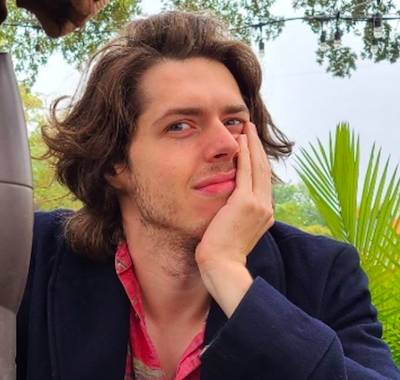“Transformers: Rise of the Beasts” Director Steven Caple Jr. on Getting Gritty With It
Director Steven Caple Jr. steps into a large, alien robot-strewn sandbox with Transformers: Rise of the Beasts for his biggest feature yet. For decades, the Autobots and Decepticons have captured fans’ imaginations in Michael Bay’s franchise. To keep the series alive and well, Caple Jr. wanted to ground the famous robot characters, including Optimus Prime and Bumblebee, in the particulars of a specific, still quite human world in the 1990s. Rise of the Beasts is one of the earliest-set films in the franchise, with only Bumblebee, set in the 1980s, centered on an earlier adventure.
The filmmaker behind Creed II and The Land takes the Transformers back to that stylish, hip hop and grunge rock-dominated era, where once again the Autobots join forces with humans – this time, a veteran, Noah Diaz (Anthony Ramos), and an archeological researcher, Elena Wallace (Dominique Fishback) – to battle a planet-eating villain, the Terrorcon robot Unicron (voiced by Colman Domingo).
It’s an end-of-the-world blockbuster, which Caple Jr. wanted to fill with as much grit and personality as possible. We chat with the rising star director to find out how he put his personal stamp on a Transformers film that boasts new characters, both human and robot, and a style all its own.
Similar to Creed II, you’re stepping into a franchise with decades of history. How do you balance the past and present?
That’s always a tough one. In Transformers, I dove more into the past and nostalgia than I did in Creed II. But it’s interesting because Creed II already had nostalgia built in because we were digging into the past with the Drago family. Here, we have these elements of Peru and New York, 1994, and I want to feed into what the fans have been wanting for a very long time. That’s Unicron and the Maximals, which is a lot of mythology. So, that’s where some of the hardcore fans could pick up on the small nuggets. For the people who just like to be entertained by a blockbuster movie and watch your favorite characters, you’re gonna react to Optimus Prime getting his butt whooped.
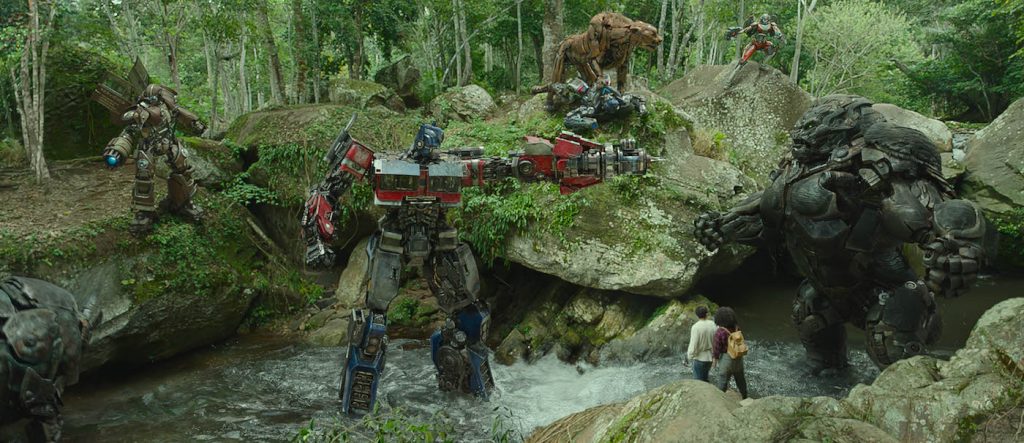
What else did you want to center in your Transformers movie? What felt right, stylistically, for the aesthetic of a movie set in the 1990s?
I wanted to bring a certain level of grit to it. With Michael Bay, it’s sexy, right? [Laughs] When you see a big Michael Bay movie, you see a Camaro, you’re gonna wanna buy a Camaro afterward. He knows how to make something cinematic but also sell something at the same time. But what [director] Travis Knight did with Bumblebee, that was very intimate. It was a smaller story that people were pulled into. For me, how can I bring another level to this?
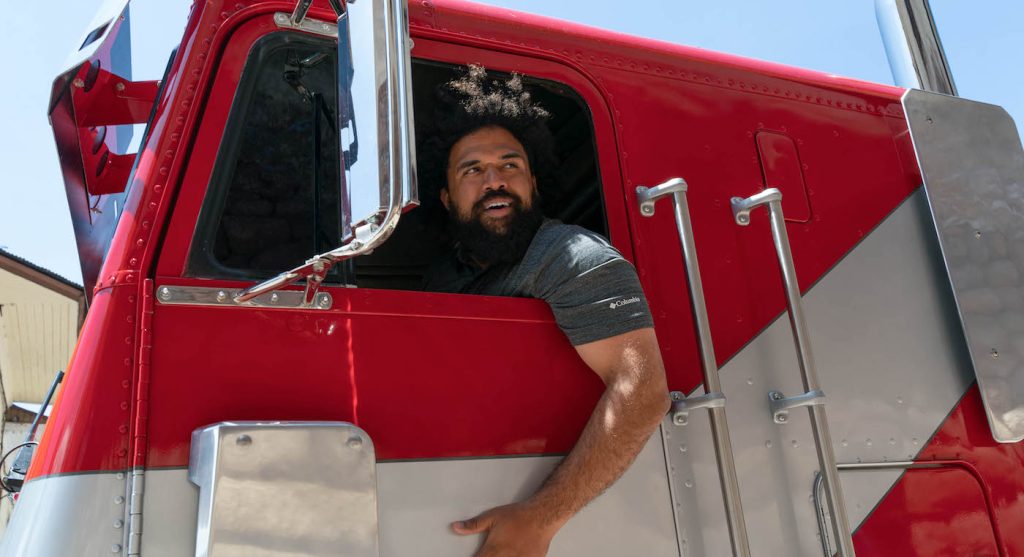
And that was with grit?
A lot of reality, something a little different. I wanna shoot the movie at night, right? I realized Bay didn’t really do much at night. It’s New York City, a city that never sleeps. I wanted the robots to feel confined in spaces, only able to transform as if they’re lurking in the shadows, that type of vibe. Anybody will tell you robots and shadows at night are tough to do. Also, when you’re trying to sell toys, you kind of want light just bouncing off of your characters. But for me, I want dirty.
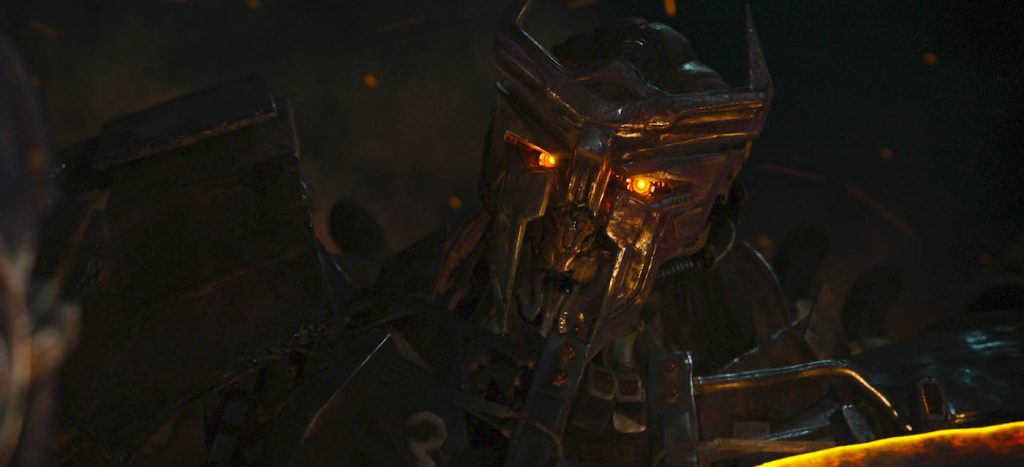
How else did you add a level of grit and reality to a franchise that is centered on colossal alien robots?
If you pay close attention, look at Optimus Prime. If he gets hit by a car or there’s a dent on him, it’s gonna be there in robot [form] for him, too. They’re not just transforming and coming back out brand new. You could see the oil within the mechanics of everything and the grease, if you will. And so, you feel that across the board, which I think stylistically is different from the rest of the films.
How else do you try to give the robots as much sense of character as possible on-screen?
Shot-wise, I treated the robots like they were humans. I would cut to them for reactions, which was a big thing because when you’re dealing with studio money and things like that, if we’re gonna spend money on a robot, we want explosions and Bumblebee jumping out of an airplane. We need those moments, but I was like, “I want to cut to Optimus Prime thinking and looking out a window.” [Laughs]
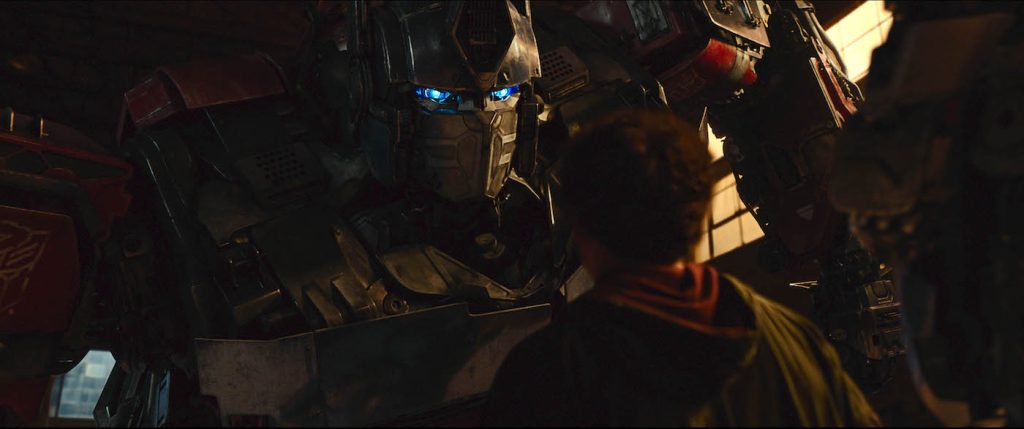
In pre-production, what conversations did you have with your VFX supervisors about how to get the most emotion from the robots?
A lot of it was about the designs. As much as we wanted to pay homage to some of the earlier designs and transformers, it was tough because the designs themselves, you weren’t allowed to emote as much. Everyone was built for warrior mode. Everyone either had a battle mask on, or their eyes and face couldn’t shift. And so, my visual effects supervisor and I spent a lot of time with concept artists and CGI artists to make sure that there were enough panels and pieces on the face that allowed them to smile and allowed them to move differently. I’m also making sure that you can see the eyes of the robot ‘cause there’s so much emotion in the eyes, too. We want you to see the rings in the eyes.
Did Michael Bay give you any advice?
Yes. For one, having too many robots in one shot, which I never thought about. He was like, “Dude, it’s tough when you have eight robots in one shot, let alone, like, you have five robots in one shot.” What he was talking about was you have humans who are, at best, six feet tall, and then you have these robots 20, 25 feet, and you’re trying to get ’em all in one frame, and you’re trying to read what’s on the screen or what they’re emoting. But you would lose either the humans or the robots, and you’re gonna be so wide that you’re gonna have nine robots in one shot. So throughout the film, I purposely try to shift the shots to where there are not too many shots where all the robots are in one shot.
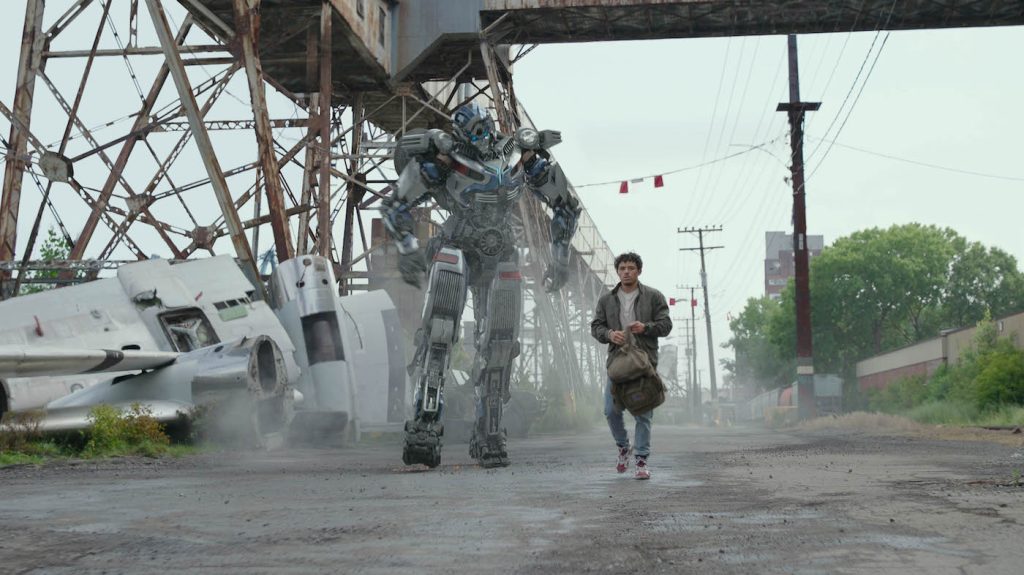
In trying to avoid too many robots within a frame, how’d you overcome that challenge in the third-act battle?
[Laughs] Oh my God, the third act was insane. It took the most time, so you’ll see a lot of additional editors [credited] on the film. I needed a strong editor, and this guy named Brett [Reed] really worked on that specific portion. We couldn’t let you get lost; that was important. So we spent a lot of time with it. There were moments when I would boost up the color of Cheetor’s orange pattern because sometimes people thought he was a Bumblebee because everything was so fast. The orange becomes a blur, and people think Bumblebee’s already back, you know? I’m like, “Let’s slow down Cheetor.” So, it was a balance. Some people would just roll with it. For me, I was like, “No, I wanna make sure people saw the action and felt the emotion.” I didn’t want it to be just a big battle, and that was all it was. I wanted to make sure there were some gains, there were some losses, and you felt everything.
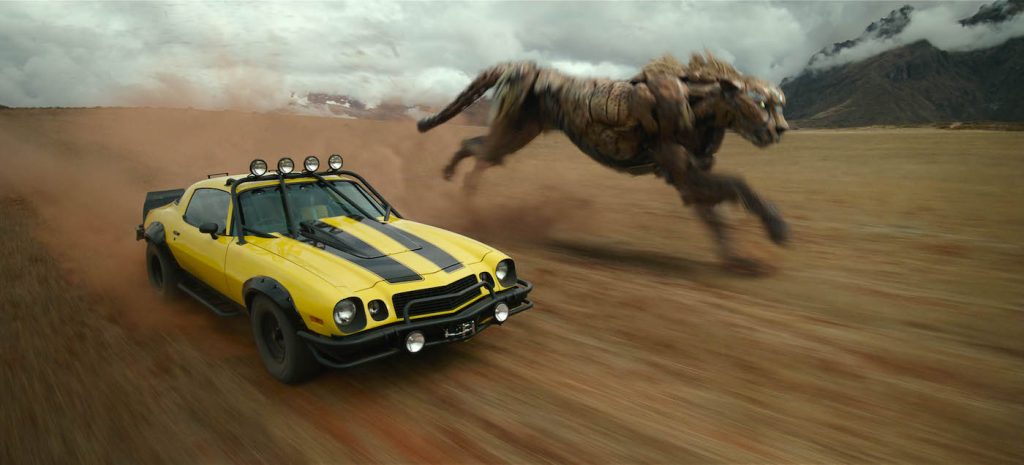
Transformers: Rise of the Beasts is in theaters now.
For more on Transformers: Rise of the Beasts, check out these stories:
“Transformers: Rise of the Beasts” Ciara Whaley on Recreating That Strong 90s Style
Meet the Maximals in New “Transformers: Rise of the Beasts” Teaser
Featured image: L-r, OPTIMUS PRIMAL, CHEETOR, WHEELJACK and ARCEE in “TRANSFORMERS: RISE OF THE BEASTS.” Courtesy Paramount Pictures.


